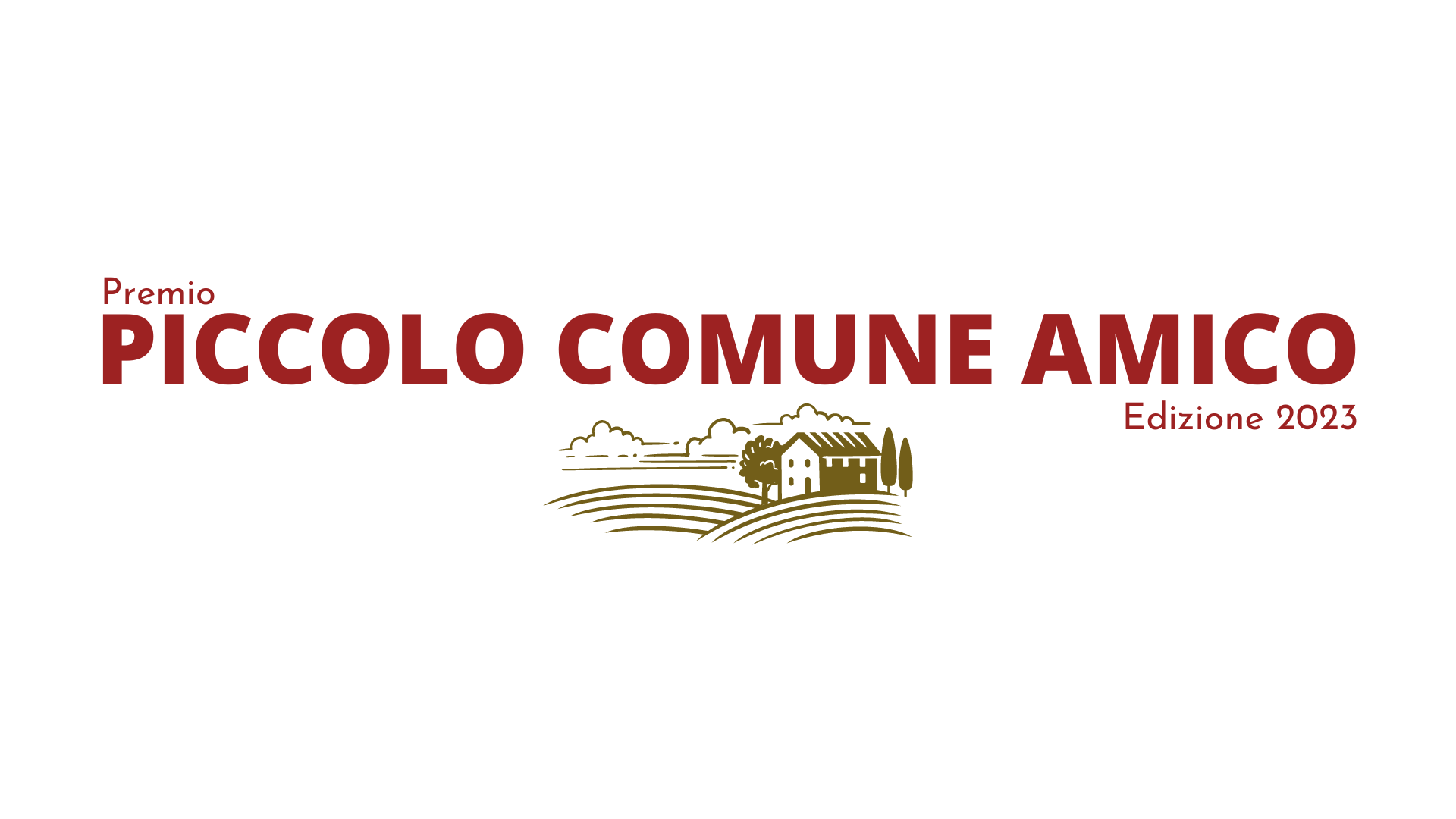Starting from the left side fed into by the River Pioverna, we find the highest position occupied by Pennaso. Located along the road that leads to Valsassina, the town is known for its ancient gateway from which the Bellanesi people, with other neighboring populations, pushed back the soldiers of the Republic of San Marco. The fortification of the hamlet was once part of the wider fortified system of Lario and Valsassina. Within the early warning network from this point it was possible to communicate with the towers of Taceno and Sommo Incino, Assogno, Inesio and Bagnala. Scholars agree that the high strategic value of the site dates back to Roman times.
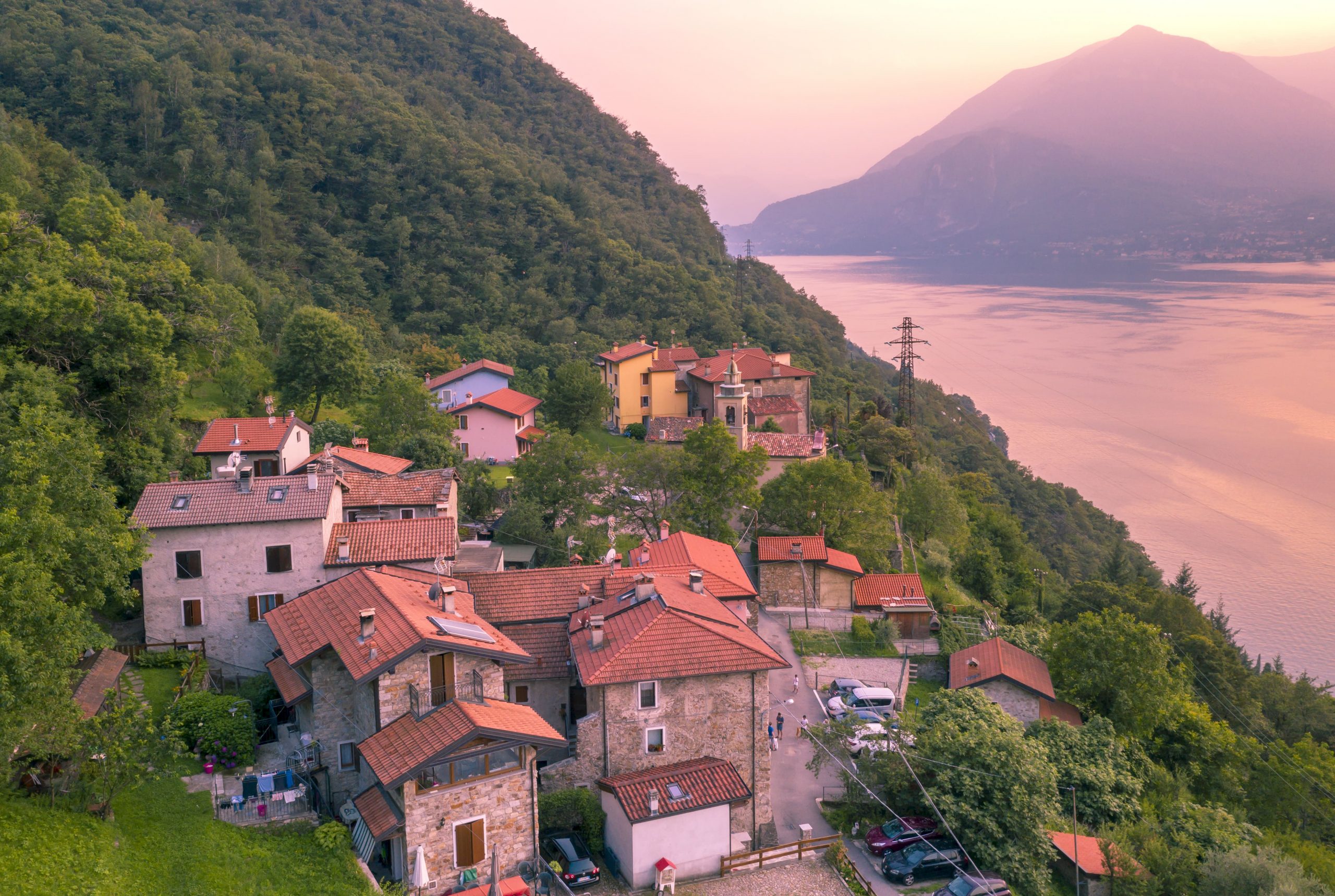
Lakeside hamlets
In its original nucleus closest to the waters of Lake Como, Bellano has numerous hamlets that are full in art treasures.
In each of these there is a church or an oratory, most of which already existed before the end of the sixteenth century, as evidenced in the list of acts of the pastoral visit of the Bishop of Como Feliciano Niguarda.
In Biosio there is a small 18th-century oratory dedicated to the Saints Francesco da Paola and Filippo Neri.
The hamlet is made up of a small group of houses to the left of the temple and is surrounded by a large area of land planted with olive trees.
It is not by chance that the prestigious Laghi Lombardi D.O.P. oil is produced in the northernmost oil mill in Europe.
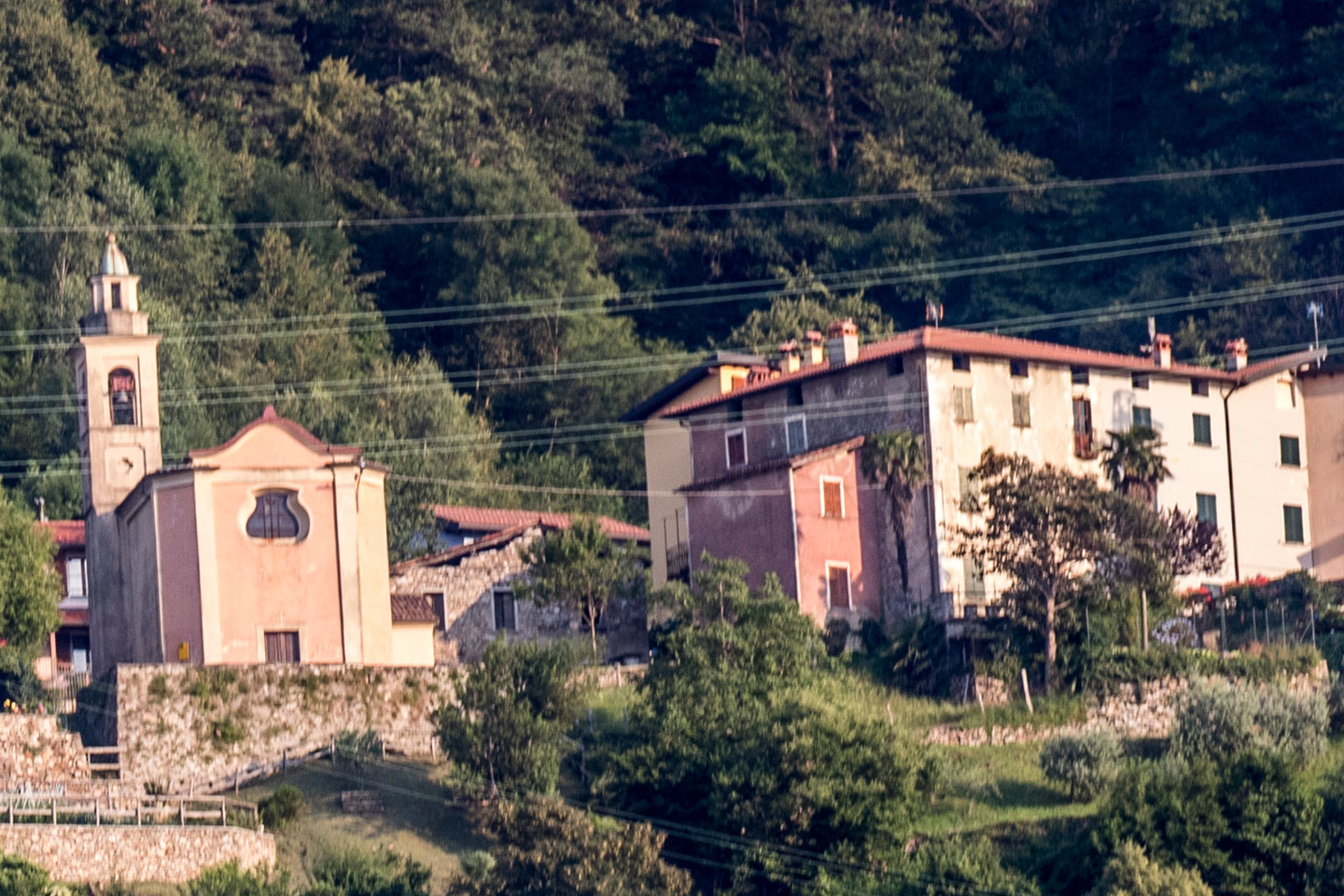
Biosio on Lake Como
A little further down is the village of Bonzeno, where the white church dedicated to Sant’Andrea stands out. Its churchyard juts out towards the lake and can be reached by climbing a steep staircase along which the chapels of the Via Crucis are located. The hamlet is one of the most populated in the country and has undergone heavy building development in recent years.
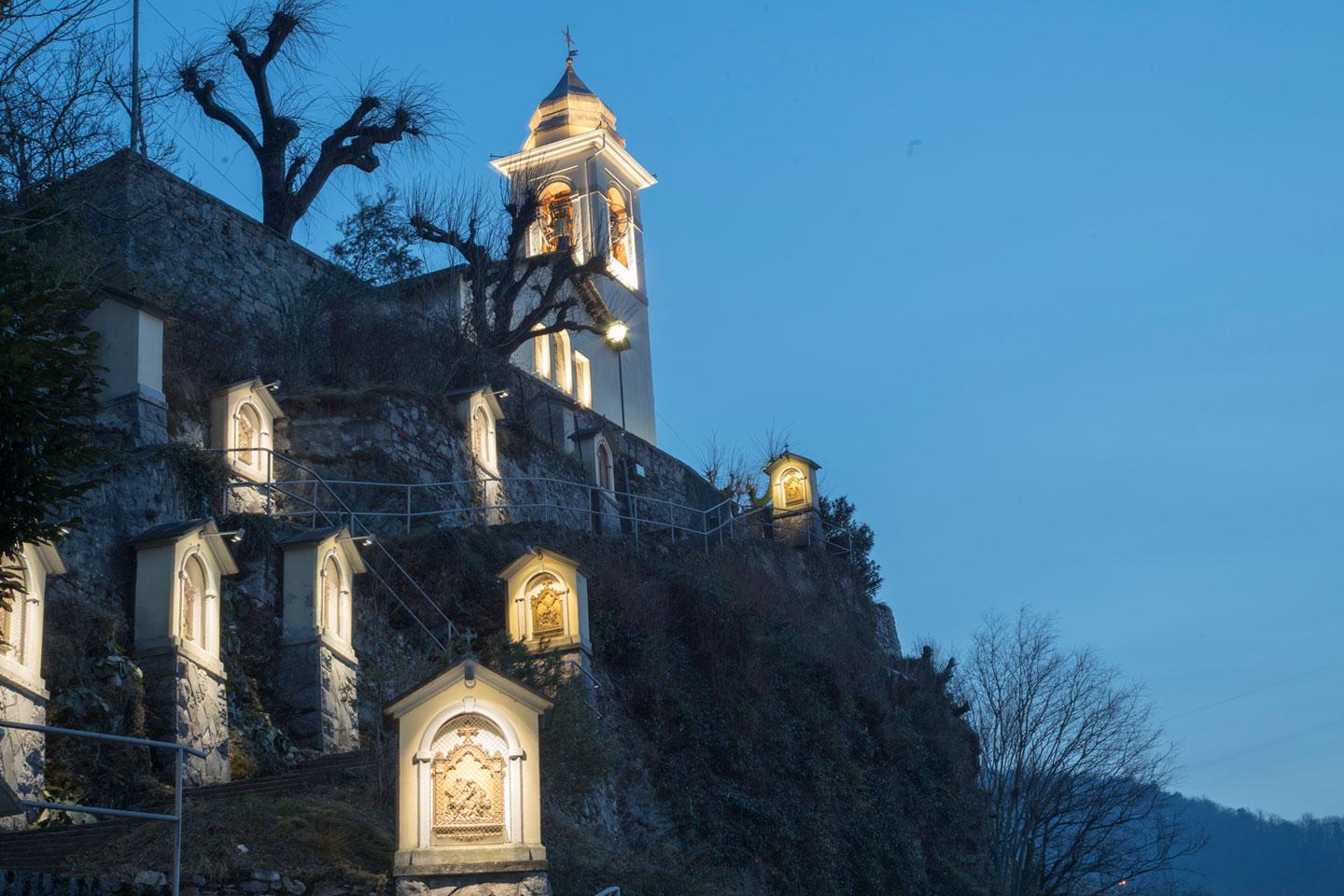
Bonzeno
Following a stretch of the famous Sentiero del Viandante (Wayfarer’s Path), you come to the village of Rivalba. Consisting of a very small number of houses that retain the rural features of the past with their face stone, it formerly housed a sulfur spring called Tartavallino, of which today there is no longer any trace. A little further south of the village, along the Sentiero, there is the characteristic little church dedicated to the Beata Vergine dating back to the second half of the eighteenth century.
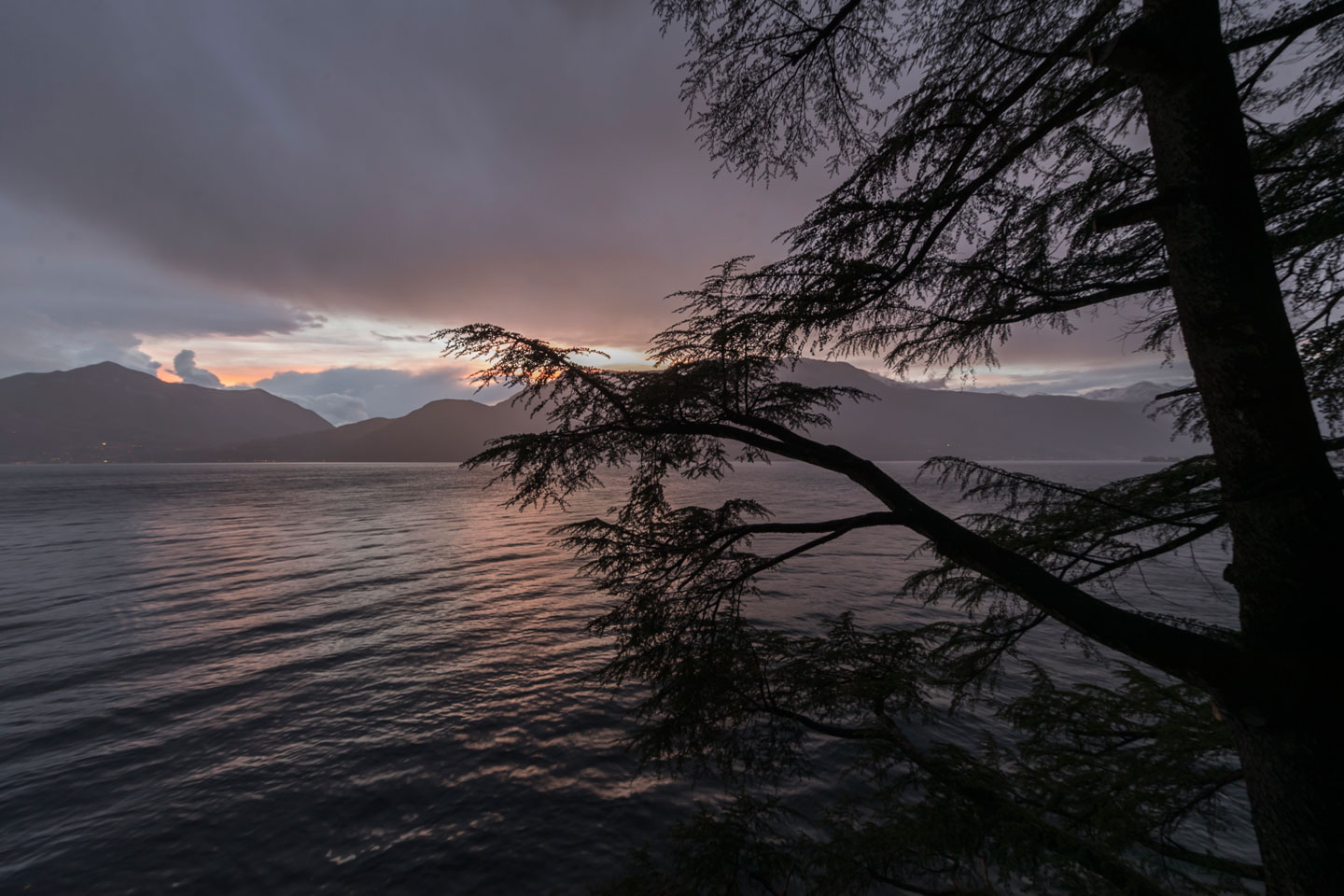
Sunset in Oro
Passing now to the other side lapped by the Pioverna, the first hamlet you meet from the bottom is Oro.
The village, which was only reached by a road for vehicles in the 1970s, is made up of small houses arranged vertically on the axis of the stream that crosses it.
At the lowest point in the valley there is the church dedicated to St. Gotthard, where an ancient missal was found bearing the note of the destruction of the Prepositural in 1341.
Walking north, after leaving the Sentiero del Viandante to gain altitude, you can see the houses of Grabbia a little further down and you reach the small village of Verginate. Already mentioned in ancient documents as a hamlet of Bellano, it is now an urban agglomeration, but the landscape that you can admire and that embraces the other branch of Lake Como makes it a place full of romantic charm. The houses, recently renovated, are now second homes and holiday homes, but retain the characteristics of the past intact.
Continuing to climb along the path, which now curves to the south, you reach the village of Pendaglio, where the small church dedicated to San Domenico has one of the widest views of the center of the lake. The hamlet is crossed by the ancient road that the Lansquenet people took in 1629 and that is mentioned in the acts of Bishop Feliciano Ninguarda: “Item sopra Gor, alla montagna un miglio et mezo, vi è un’altra villa de fochi 5, chiamata Pendai”.
Continuing along the path, after passing the Valle dei Mulini, so called because of the high concentration of mills there that once exploited its waters to grind grain and as motive power for machine tools, you can see the center of Costa a little further down the valley and even further down that of Oro. After a short stretch along the provincial road to Vendrogno you finally reach the hamlet of Gora: an ideal place for those who love nature and silence. This small cluster of houses is also mentioned in the deeds of Ninguarda: “Item andando verso Dervio, lontano da Bellano mezo miglio, vi è una villetta de fuochi 2, detta la Costa. Item dalla Costa verso Dervio, mezo miglio lontano, vi è un’altra villa de fochi 6, detta Gor, con una capelleta”.
From here you take the path that descends gently downhill and skirts around the Chapel of the Miracle: a point where you can gather and immerse yourself in the mystical atmosphere that the place exudes. Continuing on, guided by the view of the Sanctuary, you reach the temple churchyard in the hamlet of Lezzeno. The village, on the left of the church, is actually made up of two groups of houses: the one closest to the Sanctuary is Lezzeno proper, the one further north is called “Valletta”, probably because its houses were built along a stream. The acts of Ninguarda tell that “item da canto della sudd.a terra d’Imbriaco vi è una villetta de fochi 2, detta Lescien” without obviously mentioning the posthumous sanctuary. However, there was a small oratory dedicated to St. Joseph, probably located at the other end of the town, of which nothing survives today except the worship of the saint, who is the patron saint of the village.
Turn your back on the Sanctuary and continue along the Sentiero del Viandante in a southerly direction towards the hamlet of Ombriaco. A characteristic location of ancient origin, this is the second most populous village of Bellano. Noteworthy, in the heart of the inhabited center, is the 15th-century oratory dedicated to the Saints Bernardino and Sebastiano; in spite of the dedication of the temple, however, the inhabitants of the village celebrate Saint Vincenzo every year, further to some events that concerned a portrait of the latter. In Ninguarda’s deeds we read: “item mezo un altro miglio sopra Bellano vi è un altro villa de fochi 10, detta Imbriaco, con la chiesa di S.to Bernardino”.
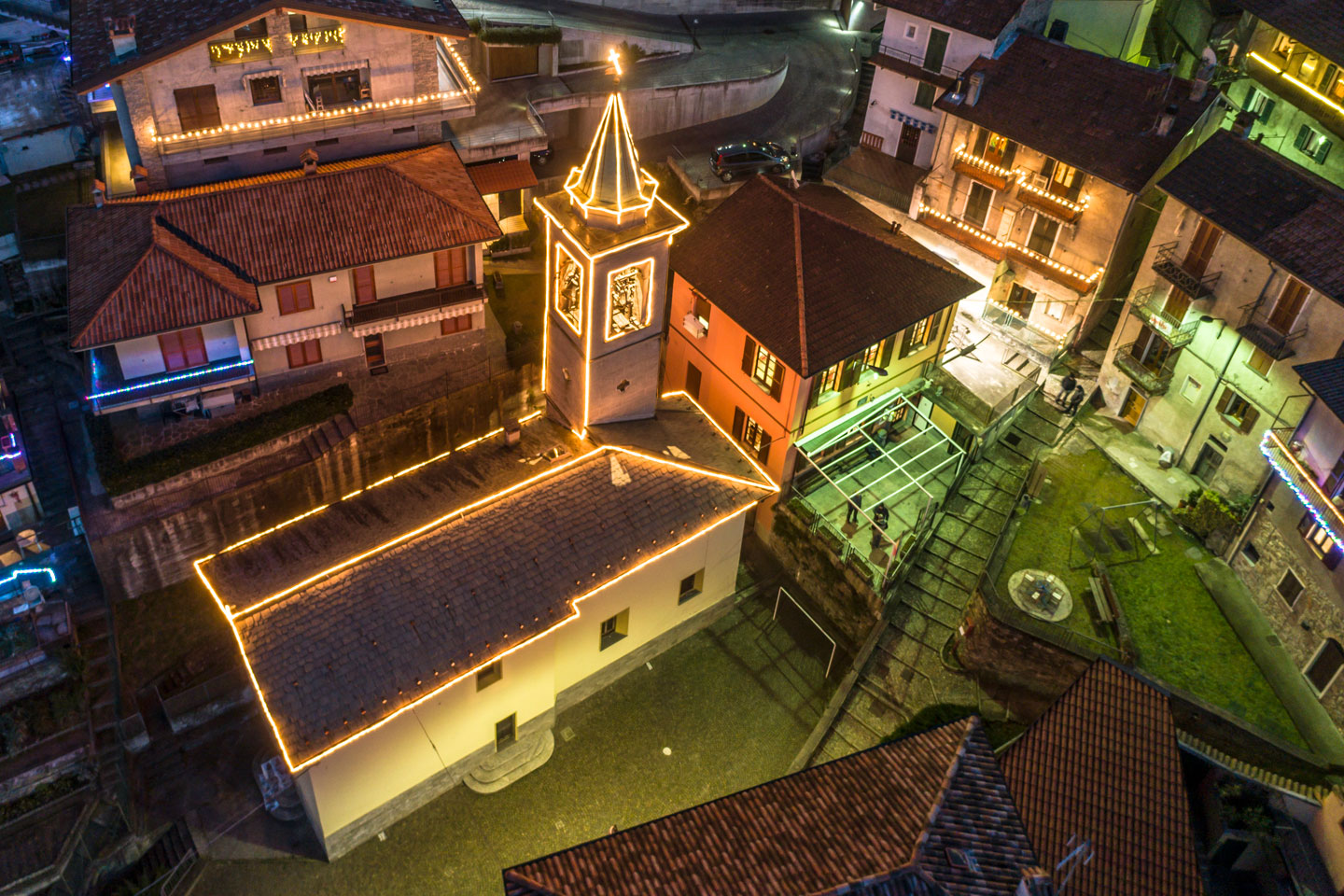
Ombriaco
Leaving the houses of Ombriaco you climb up along the steep mule track that leads to the highest hamlet of Bellano, with the obvious exception of those included in the Muggiasca that are much higher up. It is the hamlet of Pradello of which Bishop Ninguarda writes: “Item duoi miglia sopra Bellano, per andar in Valsassina, vi è una villeta chiamata Pradel”. Not far from the village we find the church dedicated to San Carlo Borromeo, built between the end of the 16th and the beginning of the 17th century. Until December 31, 2019, the village represented the last outpost towards Vendrogno, and the highest point of the municipality.









